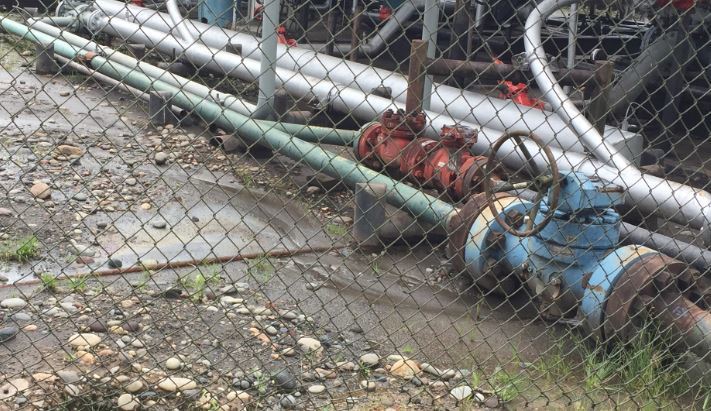-
1
- #1
brvs2014
Mechanical
- May 15, 2017
- 33
I have a pipe 6 "# 1500 but my Tien-in should do it on a # 2500 valve, the SCHD is the same for # 1500 and # 2500, you can either weld the flange directly to the pipe or I should relay transition by difference Thicknesses ??

